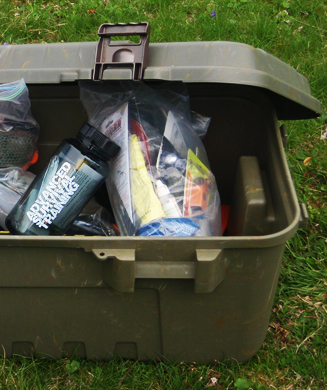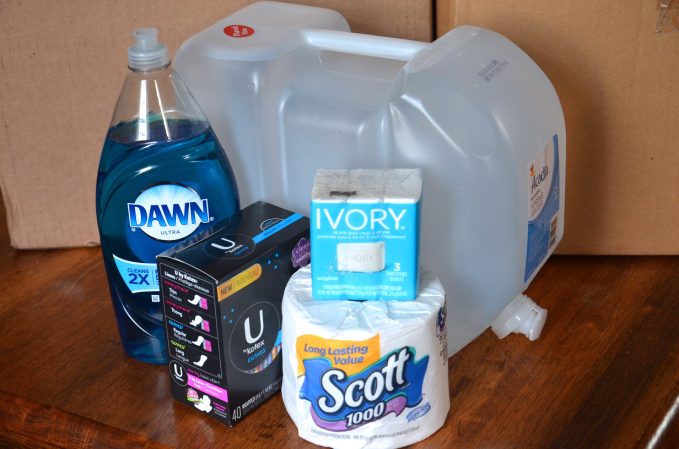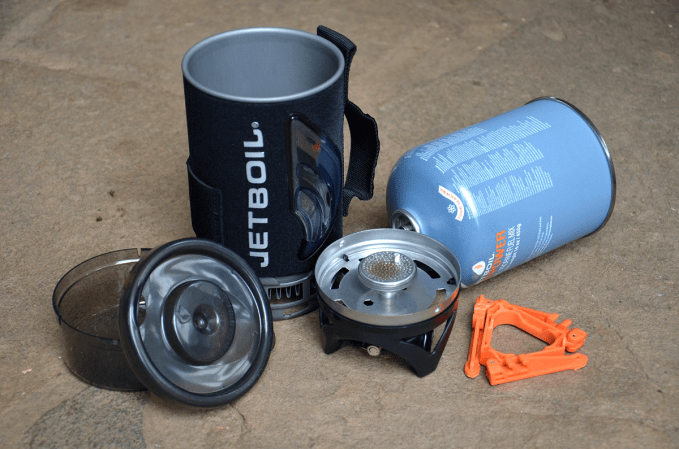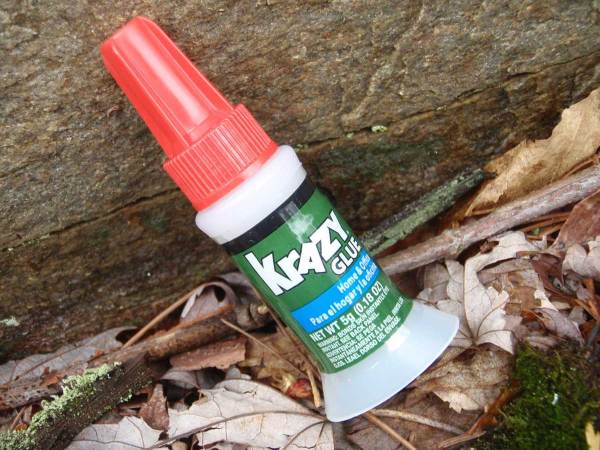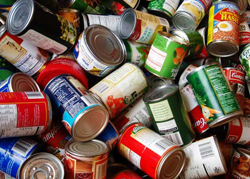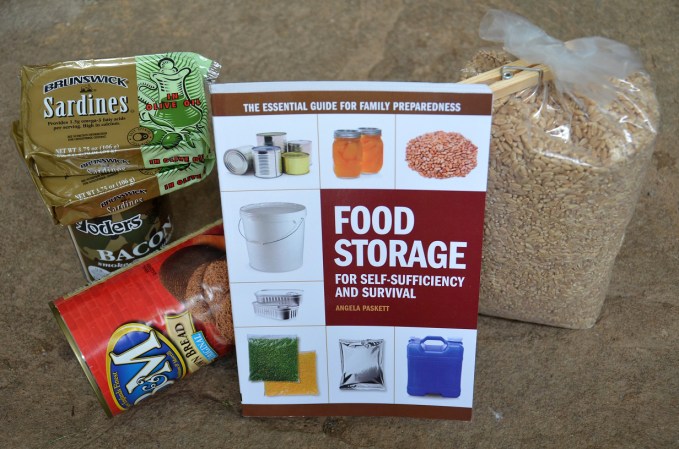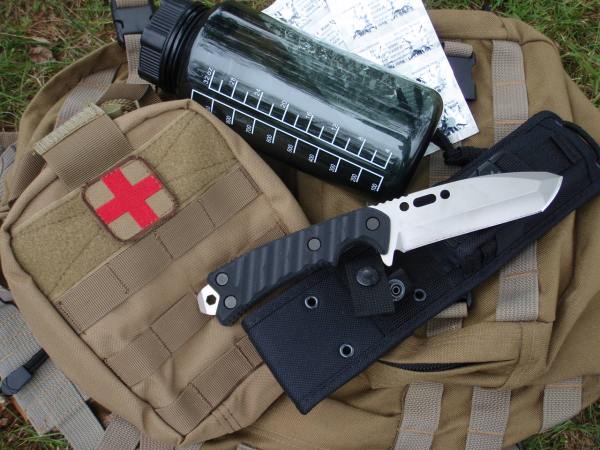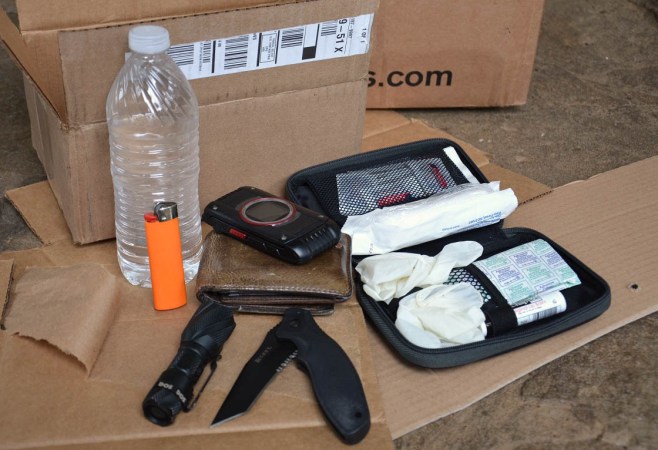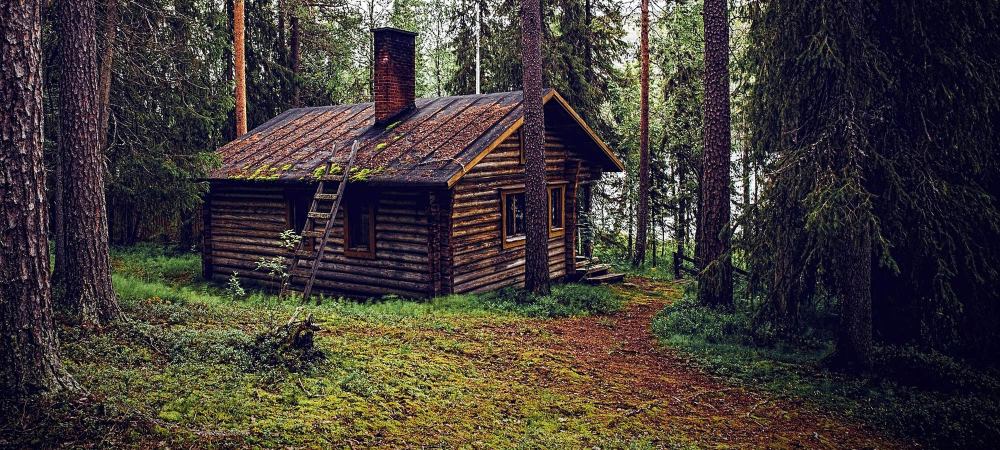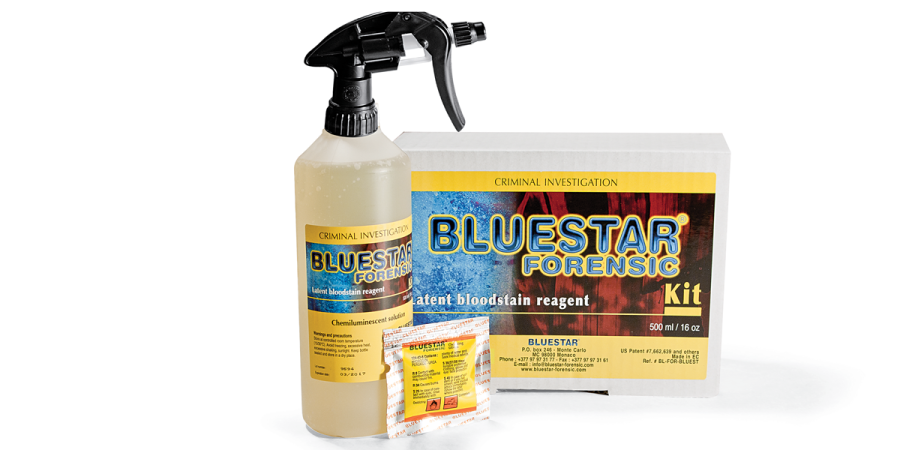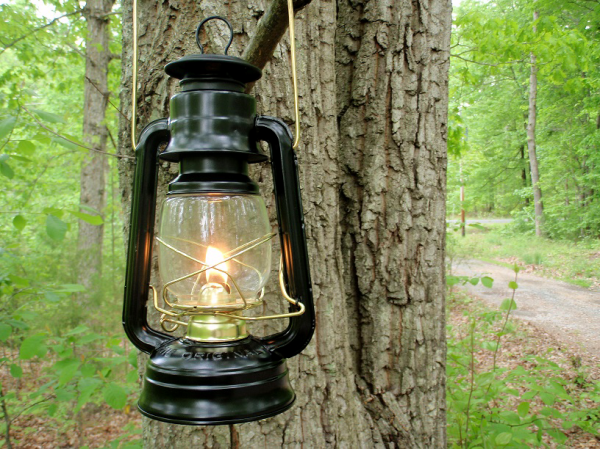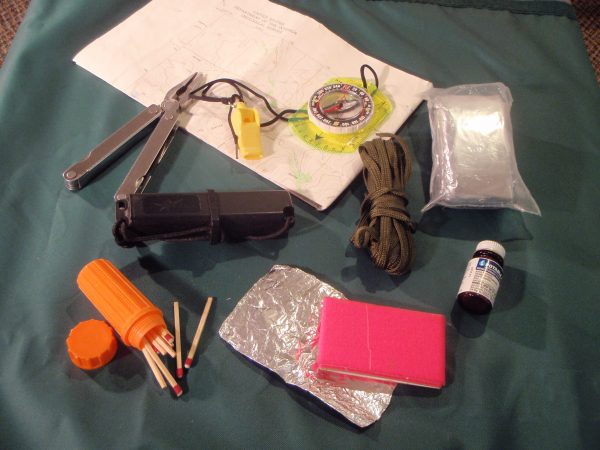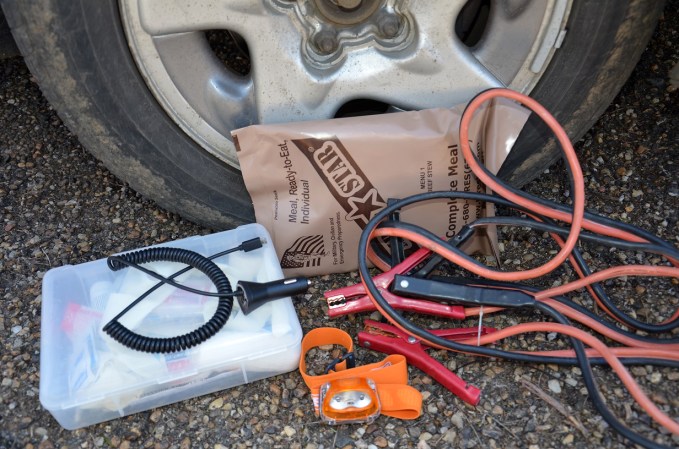We may earn revenue from the products available on this page and participate in affiliate programs. Learn More ›
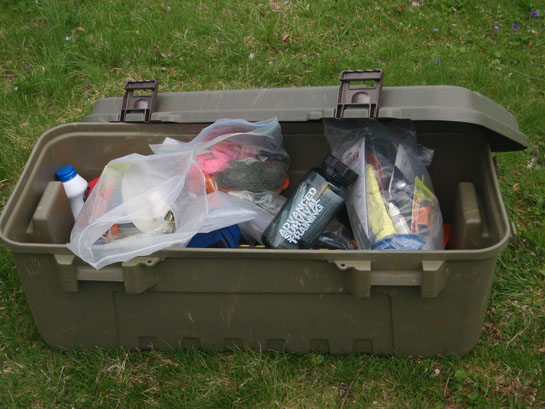
Have you ever thought about stashing some supplies at a remote location like a cabin or a bug-out site? Or even burying a few valuables in your backyard, just in case times get tough? With banks paying only pennies of interest on hard-earned cash anyway, some folks choose to bury their wealth so it’s readily available during a crisis. Today, we’re going to take a look at the age-old practice of caching supplies. Whatever you might want to squirrel away, we’ll show you how to do it.
Pick The Container
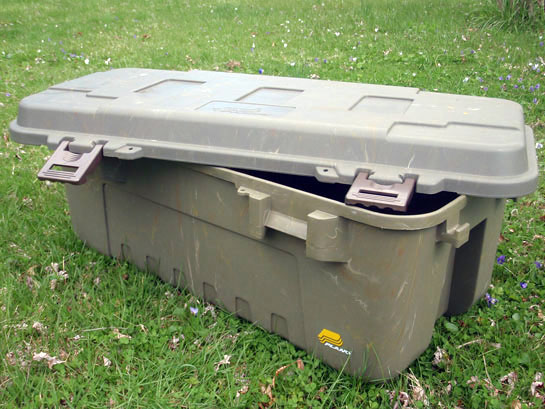
Just as critical as “what” you choose to store, is “how” you store it. Your cache container should be able to withstand the natural environment in which it will be placed, and protect against the natural enemies of storage, which include moisture, rodents, insects, freezing, heat, and theft, at the very least. Waterproof containers like those made by Pelican and Plano are good choices for wet conditions, along with home-made vaults like the one in our recent blog post. For arid locales, metal boxes are often a good choice, as they are impregnable to the gnawing teeth of rodents.
Find A Location
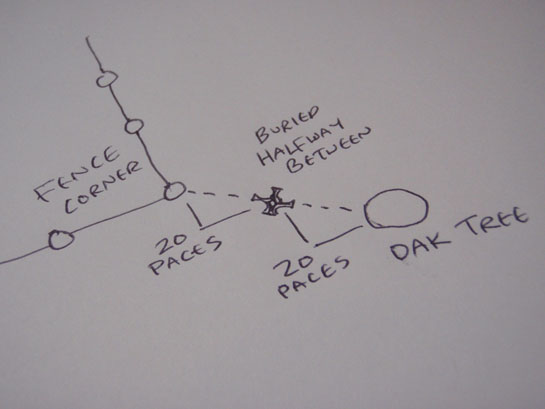
You don’t necessarily need to bury your treasure; just store it anywhere it is hidden from view and accessible in an emergency. For instance, seal your cache in a bin marked “Christmas Junk” at the bottom of a pile of actual Christmas junk. As mentioned in the D-I-Y vault post, if you do decide to bury your cache outdoors, whether at a bug-out site or close to home, just make sure you can find it again. And let one or two responsible family members know of the cache, just in case you don’t make it.
Store Some Wealth
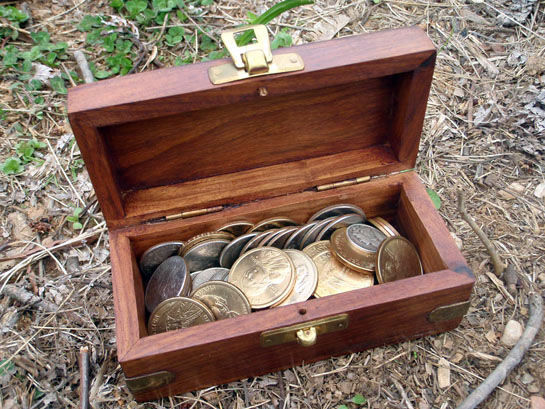
Wealth can come in many forms, and in a bad situation pretty much everything in a cache could be considered valuable. But for our purposes today, let’s talk about money and commodities that could have value as currency.
Paper currency is one thing that many people sock away, often in a mason jar or some other watertight and rodent-proof container (your stacks of hundreds won’t be worth very much if they rot into mush or become a rat’s nest). The bigger problem with paper currency is that after a financial collapse it’ll likely only be worth the paper it’s printed on.
Through the centuries, the most stable vehicle for trade has been precious metals, especially in the form of coins. My favorite is the Morgan silver dollar. They cost about $28 apiece right now, are about 70% silver, and they have some historical value, too. Think of each one as an emergency twenty-dollar bill that should only climb in value as the years tick by.
Keep Some Medical Stuff Around
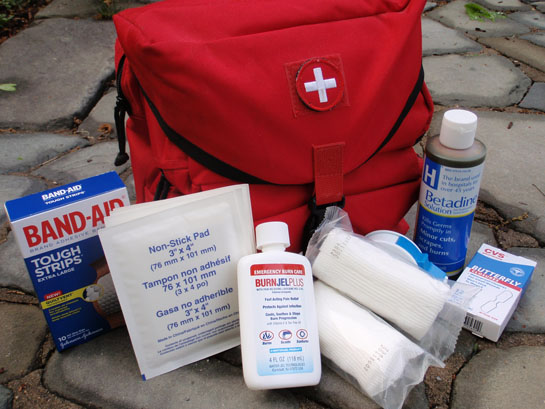
In the event that you have to be your own doctor, a few well-chosen medical supplies could be more vital than all the silver dollars in your cache. Over-the-counter meds and wound care items are good, but higher value items like antibiotics and painkillers are better. A trauma kit and some QuikClot are great additions, too. Make sure the cache is watertight and kept in a cool place if you’re storing meds in it.
Secure Your Future
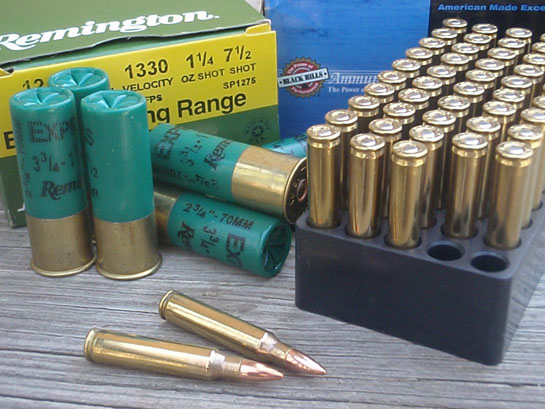
When it comes to storing weapons, spare firearms are the usual choice, as opposed to armaments that are used regularly, but they should be guns in common calibers so it’s easier to find ammo if/when you run out. Store ammo for your guns, as well as any other popular cartridges that could be used for barter. As the cost of ammunition rises, its value rises, too. Use proper storage techniques and packaging to keep your firearms from rusting or corroding, and keep the ammo away from moisture.
Prepare For Dirty Water
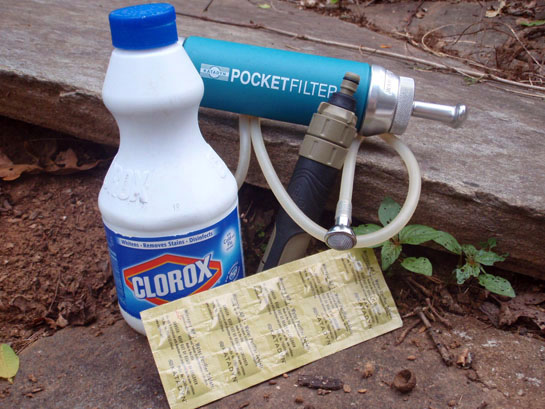
An assortment of water purification methods would be invaluable in crisis mode. Katadyn water filters are my favorite. I have been using an older model of their Pocket Filter for more than a decade. It has kept my canteen full of safe drinking water through countless hikes, treks, survival classes, and campouts. Disinfection tablets are another option, and while compact, they are a finite resource, so store as many as possible. A third option is bleach: Use 2 or 3 drops per quart of water and let it sit for one hour.
Pack A Little Something To Eat
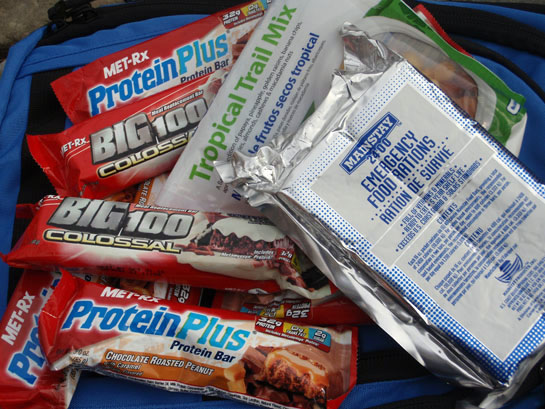
It goes without saying that space is at a premium in a cache. Picking the right food to store is tricky, as you are trying to balance calorie density, shelf life, and package size. Mainstay food rations are a good choice, as they have a 5-year storage life. Mountain House’s line of Pro-Pak meals are the most space-saving options of freeze-dried meals, and they are touted to last 25 years (under ideal storage conditions). Carefully packaged white rice, jars of honey, and many other grocery items can fit the bill for nutrition and longevity, too.
Include Some Utility Items
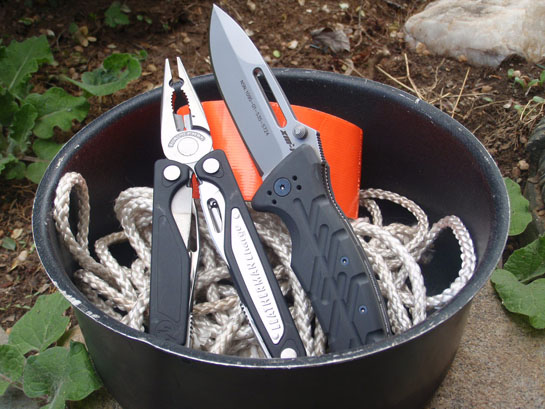
A few sharp knives, a couple hanks of 550 cord, some duct tape, a multi-tool, a steel pot to cook food–these are all examples of handy utility items you should consider storing. The cordage and knives are great items to fill in the odd corners of a box or bin. And the cooking pot can have an abundance of gear nested inside it. Try to imagine the most realistic and likely emergency scenarios you might face, and throw in some multi-use items to help you overcome those challenges.
Take A Cue From Shiners
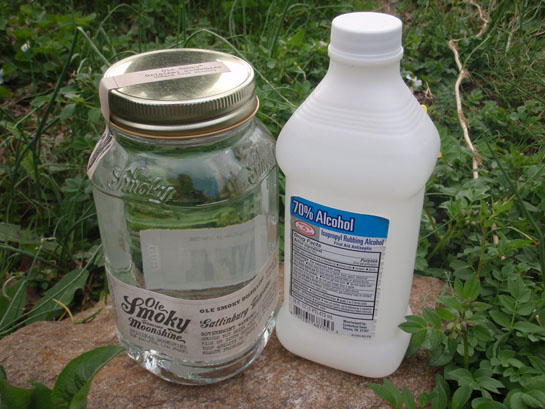
A few bottles (or quarts) of alcohol are a solid choice for a survival cache. Take your pick from liquor or rubbing alcohol, or some actual moonshine. These products will store indefinitely, as long as they are tightly sealed against evaporation. Alcohol can be used as a key disinfectant for equipment, and used sparingly as a disinfectant for wounds. If it’s the drinking kind of alcohol, it can be used to both relieve pain and take the edge off harrowing situations. You might even use it for bartering. While I won’t recommend that your entire cache consist only of moonshine, I’ll surely suggest that you have some on hand.
Lighten Things Up
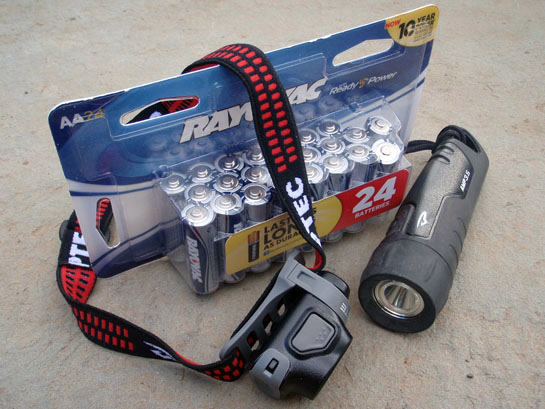
Batteries have amazing longevity and power potential these days. Store several packs of batteries and numerous LED flashlights and headlamps to provide you with hundreds of hours of safe, efficient emergency lighting. For even greater versatility, add some walkie-talkies for communication and an emergency radio that can keep you alert to weather, news, and emergency information.
Skip The Fluffy Stuff
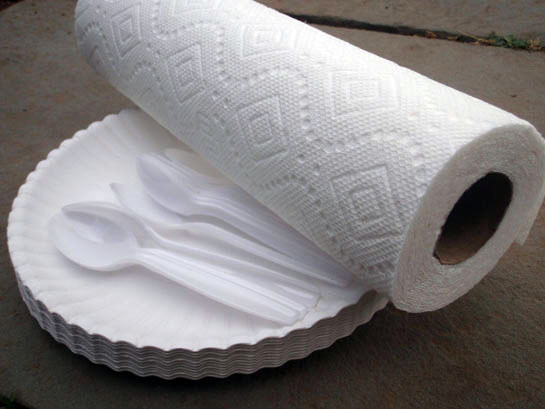
Paper plates, rolls of toilet paper, plastic spoons, paper towels, and other “disposable” items should be considered non-essential and don’t belong in a cache. They take up valuable space, and don’t offer that much value. If you feel like you have to store some towels, dishes ,and cutlery, keep some good quality kitchen towels, stainless steel bowls and spoons, and other reusable materials. And maybe throw in a roll of TP, because wiping with leaves sucks.
